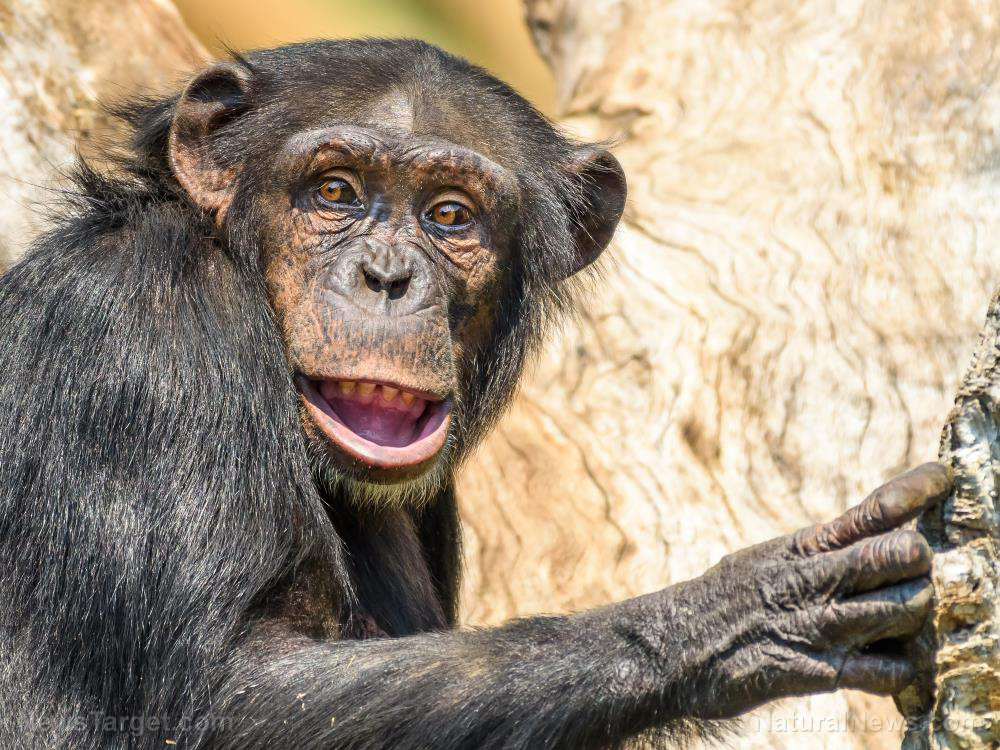It turns out, dinosaurs also had great hearing – which made them even better hunters than previously thought
09/06/2019 / By Edsel Cook

Birds possess sharp hearing, all the better to catch their prey. A new study on alligators suggests that the crocodilians share the same ability. And both groups of animals might have shared the same keen sense of hearing with dinosaurs.
Birds are often described as feathery dinosaurs. Crocodilians are also considered to be the closest living relations to the extinct “terrible lizards.” All three groups of animals share a common ancestor called archosaurs.
Researchers from the University of Maryland (UMD) revealed that alligators use the same auditory-based method as birds. Based on the discovery, their shared archosaur ancestors might have tracked prey and predators alike with their sense of hearing as much as they did with their eyes.
To give a better idea of how sharp the hearing of a bird is, a barn owl can detect a mouse scurrying under a layer of snow. Next, the bird-of-prey uses a technique called interaural time difference. It develops a neural map based on where the mouse-related sounds are coming from. Using that map, the owl delivers death from above on the mouse.
Alligators and birds use the same techniques to localize the source of sounds
UMD researchers chose American alligators (Alligator mississippiensis) for their study. They found that the alligators also use the same interaural time difference technique as birds.
The interaural time difference (ITD) is the disparity in the time it takes for a sound to reach each ear. Animals calculate these diminutive differences to figure out the direction from which a sound originated.
The specific techniques differ between animals. No one knew the technique used by alligators until the UMD study, which revealed that the crocodilians follow the same approach as birds in creating neural maps based on sound.
Based on their findings, the researchers theorized that the same ITD technique was used by dinosaurs, which belonged to the same Archosauria clade as birds, crocodilians, and pterosaurs.
If true, carnivorous dinosaurs used their sharp hearing to find and follow their prey. Meanwhile, their smaller kin relied on their auditory sense to avoid getting eaten.
Earlier studies on the techniques used by animals to calculate interaural time difference took stock of their physical features. These included the size and shape of the creature’s skull.
Dinosaurs may have used the same interaural time difference techniques as their bird descendants
UMD researcher Catherine Carr led her team down a different path. They investigated evolutionary relationships between physiologically different but distantly related animals.
“Our research strongly suggests this particular hearing strategy first evolved in their common ancestor,” explained Carr. “The other option – that they independently evolved the same complex strategy – seems very unlikely.”
While alligators and birds did not share many similarities when it came to their heads, they did have the same ultimate ancestor: archosaurs.
A type of reptile, archosaurs first appeared in the fossil record around 246 million years ago. They divided into two lineages, with one producing crocodilians and the other evolving into dinosaurs and flying pterosaurs.
Crocodilians are the sole survivor of their particular line of descent. As for the other lineage, most of the dinosaurs died out around 65 million years ago, with popular theories of their extinction including the good old asteroid impact. The surviving dinosaurs evolved into birds, thereby explaining why the Hitchcock movie The Birds is so scary.
Going back to the UMD study, the researchers put earphones on anesthetized alligators and measured the response of a part of their brain stem that processed sounds. The reptiles reacted in a similar way to barn owls and chickens, confirming their findings.
Sources include:
Tagged Under: alligators, animal behavior, animal hearing, animals, archosaurs, birds, birds of prey, breakthrough, cool science, crocodiles, dinosaurs, discoveries, extinction, hearing, interaural time difference, reptiles, research, scientific, sense of hearing
RECENT NEWS & ARTICLES
COPYRIGHT © 2018 EXTINCTION.NEWS
All content posted on this site is protected under Free Speech. Extinction.news is not responsible for content written by contributing authors. The information on this site is provided for educational and entertainment purposes only. It is not intended as a substitute for professional advice of any kind. Extinction.news assumes no responsibility for the use or misuse of this material. All trademarks, registered trademarks and service marks mentioned on this site are the property of their respective owners.



















